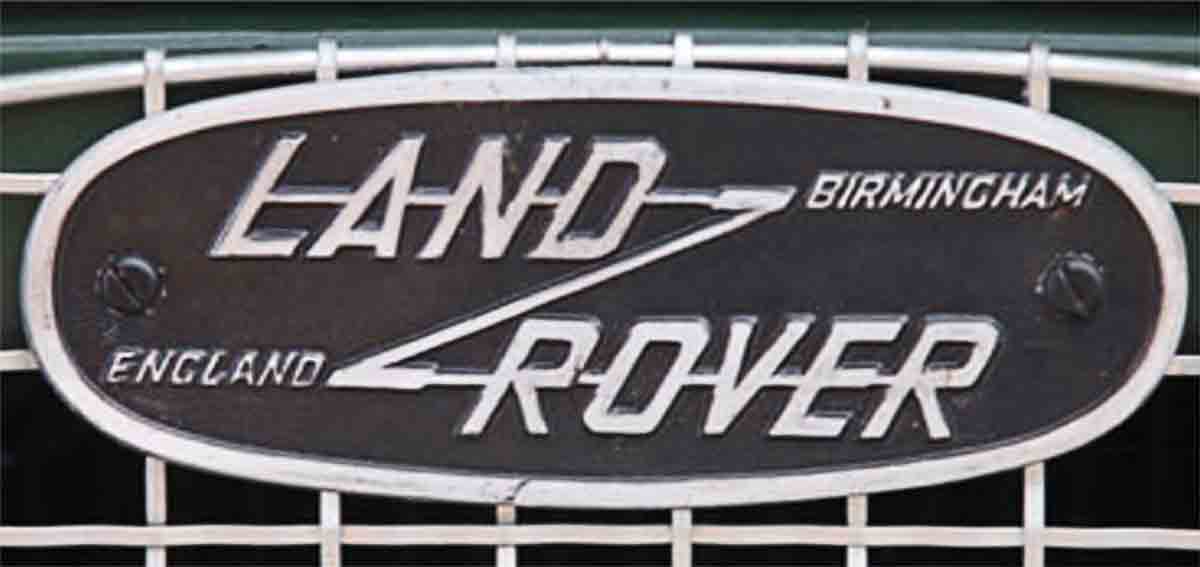
Land Rover Series 1
The opening chapter of a very long success story began with a British attempt to replicate the success of the wartime Willys Jeep. Seeking to offer a similar mix of simple, bullet-proof engineering and genuine go-anywhere practicality, the original Land Rover proved wildly popular with farmers, emergency services, and off-road enthusiasts, and has become one of the most widely recognized classic vehicles on the road today.

THE BASIC SHAPE of the Land Rover has changed little since the vehicle’s inception in 1948, and that was just one of the reasons enthusiasts loved their “Landies”. For hardcore fans the Series 1 was the go-to model. Nothing else came close to its simple, wholly practical design.

These early vehicles were as tough as they were uncomplicated. The first boxy shape was made from an aluminium/magnesium alloy, left over from wartime aircraft production. Built with engineering technology that was designed to be easily fixed if something went wrong, its resilience made it invaluable to both the armed forces and off-road devotees.

Land Rover badge
Barely changed in decades, the oval-shaped badge was thought to have been based on a pilchard tin out of which the designer had eaten his lunch. The name, a reminder of the brand’s origins as part of Rover cars, could not be more appropriate.

Styling
A near-perfect triumph of function over form, the Land Rover “look” has barely changed since the first of 48 prototypes rolled out in 1948. Later models were larger and offered (marginally) more comfort, but their DNA was obvious and none could be mistaken for anything but a descendent of the first Series 1 prototype.
SPECIFICATIONS
| Model | Land Rover Series 1, 1948-58 |
| Assembly | Solihull, UK |
| Production | 212,685 |
| Construction | Steel chassis, aluminium body |
| Engine | 1,595 cc, straight-four |
| Power output | 50 bhp |
| Transmission | 4-speed manual |
| Suspension | Front and rear leaf springs |
| Brakes | All-round drum |
| Maximum speed | 55 mph (88 km/h) |
ON THE ROAD
The nearest the UK ever got to matching the brilliantly robust simplicity of the World War II Jeep, the Series 1 represented a complete departure for the Rover Car Company when chief designer Maurice Wilks built the first prototype on his Welsh farm in 1947. Wilks salvaged parts from an old US Army jeep, but what he saw as a new kind of small agricultural vehicle has come to be deemed a quintessentially British icon. It is this which accounts for much of its appeal to collectors. Its basic construction and deliberate lack of frills also help to make it one of the easiest machines that could be restored at home.

Robust bonnet catch typifies functional approach to design

Door handles fitted only on later models

Indicators are a later, legal addition

Centrally-mounted headlights on early cars

Simple, three-spoke wheel

Sparse instrumentation—earlier cars had only two gauges

Gear lever, four-wheel-drive selector, and low-ratio lever

Two-litre engine replaced 1.6-litre unit in 1950-51.
It is a quote. The Classic Car Book – The Definitive Visual History 2016




